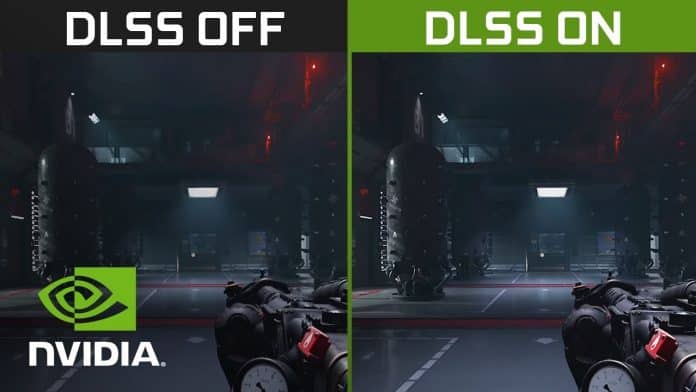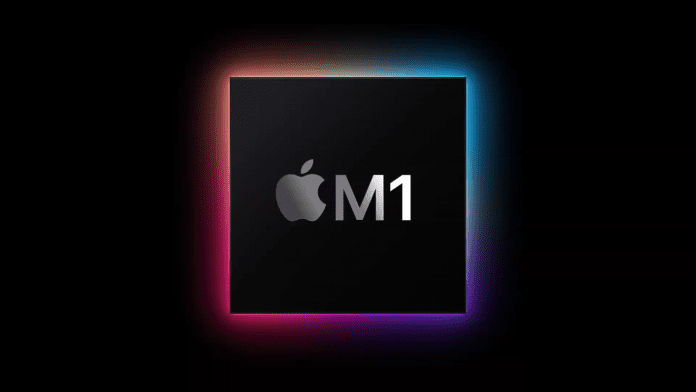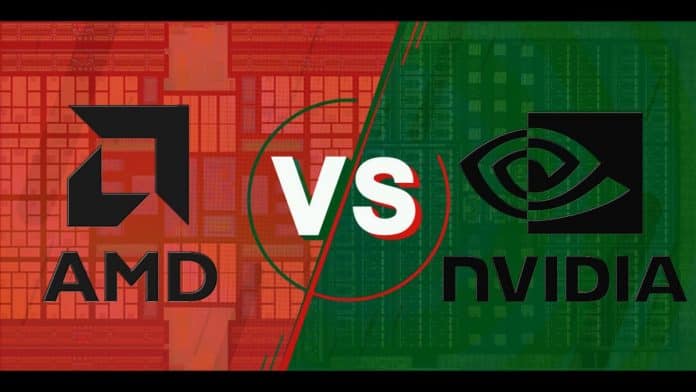NVIDIA
40 containers of RTX 3090 has been stolen from a factory...
Can you get an RTX 3090 this holiday season?
It has been reported that, from a Chinese MSI factory, 40 containers of Nvidia GeForce RTX...
Minecraft is now officially RTX On, whereas Cyberpunk 2077 is Imminent!
Apart from announcing 4 new games to the NVIDIA DLSS support list, the company has also declared that Minecraft will be available to play in...
NVIDIA to add 4 new games to the DLSS Nice List
The holiday season is coming and so NVIDIA has brought some surprise for you in terms of games. No NVIDIA is not making games,...
Apple preps 32-Core Mac processors aiming to surpass Intel chips
Apple is working on a new ARM-based processor with as many as 32 high-performance CPU cores to gradually phase out the use of intel...
Nvidia dominates the discrete GPU market by 77% share; while AMD...
Due to the global, the world economy has seen a major shift in a big way. Though many businesses have either seen a major...
Why you and your wallet should be afraid of next-gen consoles?
Due to Covid-19, the supply chain of the world has been disrupted. Not to mention soon, the world will be starting the global distribution...









